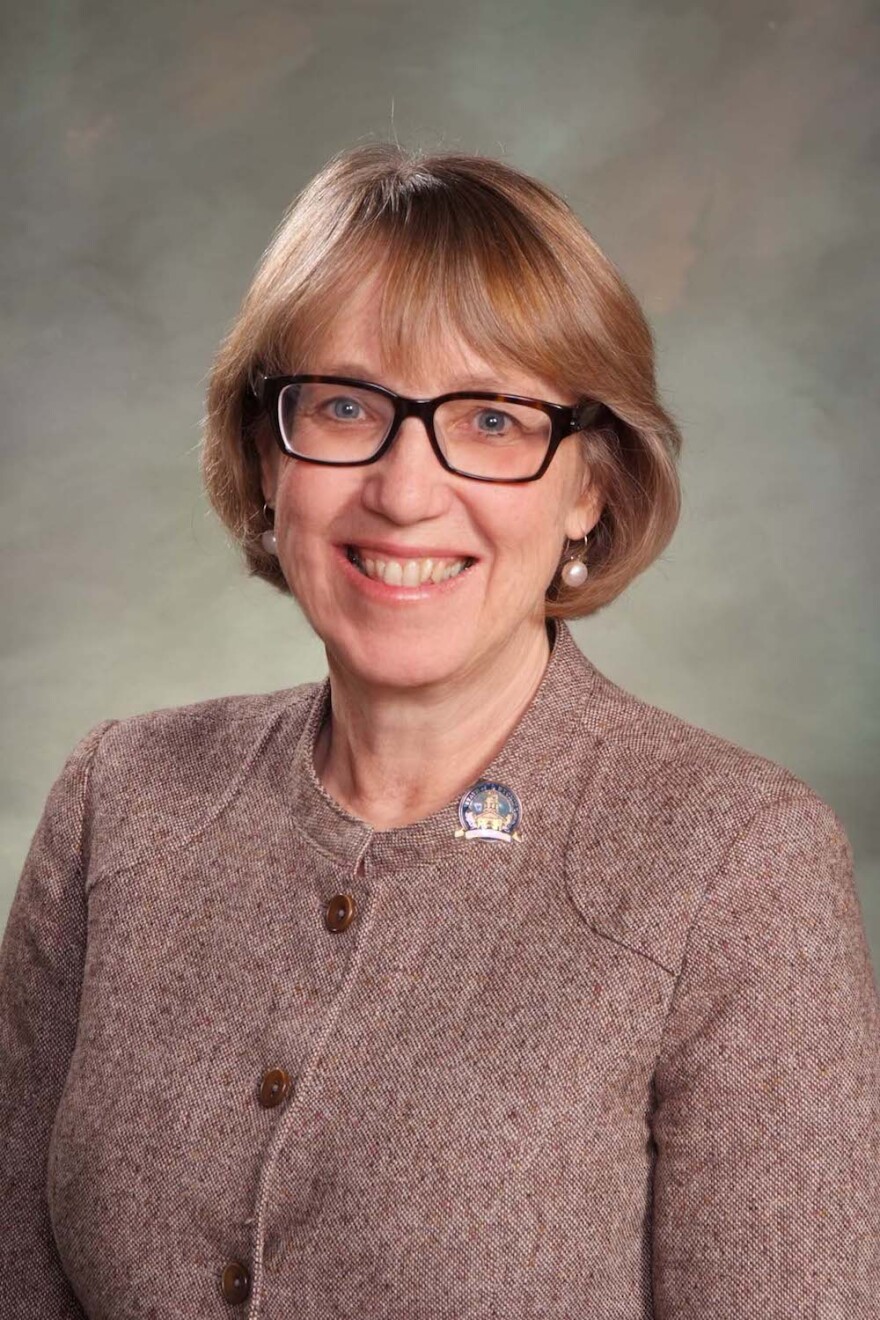
Wyoming is known for having one of the largest gender wage gaps in the country, but a comprehensive look at what men and women actually earn in the state hadn't been done in years. So in 2017, state representatives Marti Halverson and Cathy Connolly teamed up to propose a study to better understand what was really going on. The study was conducted by the Wyoming Department of Workforce Services, and was released to the public and presented to legislators in early October. Now, lawmakers will have to decide what to do with the information.
Among the key findings was that out of Wyomingites who worked full-time, year-round jobs in 2016, women earned 68 cents for every dollar earned by a man. That's the second widest gap in the nation according to U.S. Census Bureau data - coming in just ahead of Louisiana.
Tony Glover, the manager of Research & Planning at Workforce Services, said it's true that on the whole women do earn less money than men in Wyoming. But that difference between earnings varies widely.
"The industry and the hours worked had quite a significant impact on the gender wage gap, with typically men working in goods-producing industry and women working in services industry, and men typically working more hours than women," said Glover.
Other factors can change the gap, too, like location, education levels, or age.
Republican Marti Halverson said her main fear was that the data would show systematic, gender-based discrimination, but when she looked at the study, she didn't see any evidence of that.
"A simple word search of the document shows that discrimination is mentioned twice. And both times is you know, qualified, as in 'this difference could be discrimination," she said.
In Halverson's view, most of the difference in earnings can be chalked up to the jobs and hours women choose to work. And as for getting women interested in STEM fields that generally have higher wages - she said those just aren't things you can legislate.
"I don't know how you can pass a law getting more women into science and tech. I don't know how you can pass a law making women work longer hours. I don't know how I could sit in Cheyenne and tell an employer you must prohibit this, you must not do that, you must do the other thing. I don't see any legislative support for that," said Halverson.
Right now, there are three draft bills being developed for consideration in the upcoming legislative session. Halverson supports one of them - the so-called "Penalty Parity Bill." It spells out that if a company violates equal pay laws - for example, paying a woman less for the same work as a man - it would be liable for up to $500 in penalties. That's an increase over the previous $200 penalty and would bring it in line with other labor law violations.
The other sponsor of the legislation, Democrat Cathy Connolly, wants all three bills.
"We've got an opportunity to kind of correct a problem here with some legislation," said Connolly.
As mentioned, the first is the Penalty Parity Bill. The second measure will prohibit employers from retaliating against employees who discuss their wages. The third will promote attention to wage equality in state employment.
"I, for one, certainly don't…won't let us put our head in the sand. We need to act," said Connolly.
Republican Marti Halverson lost her bid for reelection earlier this month and will not be returning to the legislature in January, but Connolly said now that the study is finished, she will build new coalitions and relationships to get these issues heard.
"I really like the idea that we have 2 committees, both joint committees, 14 people on each of those committees, 28 out of 90 people. So almost a third of the legislature hearing about the issue before we go into session," said Connolly.
But key parts of the study still lacked data. There were 13 cents of the wage gap that could not be accounted for with things like fewer hours or different industry. Usually, that would point to discrimination, but Tony Glover at the Department of Workforce Services said that's not the case here.
"The 13 cents on the dollar that remains unexplained, a lot of that is because it's information we don't have," said Glover. "If we had more complete information we'd be able to account for more of the gap."
Glover said there are a few other things in the report they want to follow up on, like how men's and women's wages are impacted by becoming parents. But overall, he said having more data on occupation and hours worked would give a clearer picture of the gap.
The three draft bills will be presented to the Joint Labor, Health & Social Services Committee meeting on Tuesday.







